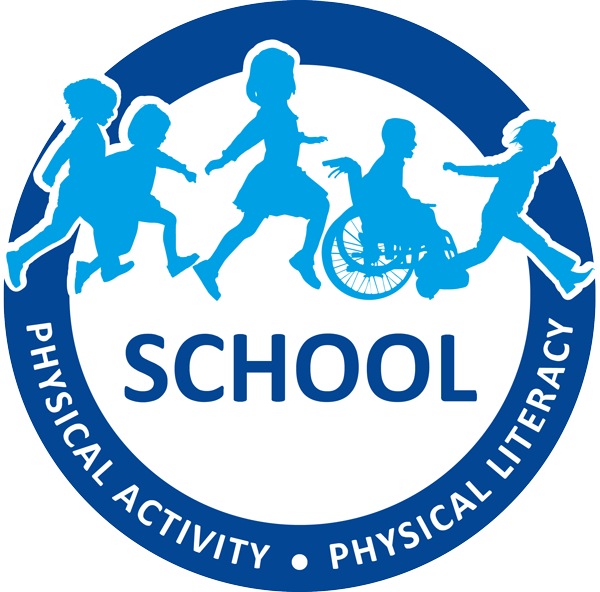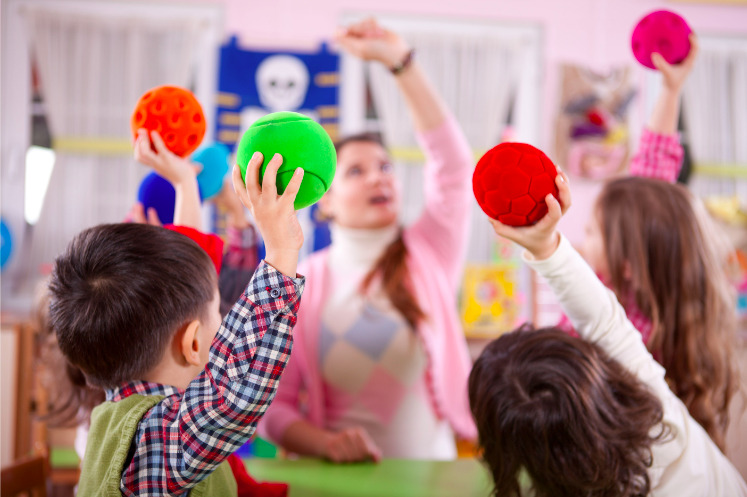What does the word inclusion mean to you?
In today’s classroom, inclusion is a hot topic. At the most basic level, inclusion refers to the intentional, ongoing efforts to ensure that every individual can fully participate in all aspects of physical activity and learning throughout the school day. It’s not the sort of thing you can accomplish in one day, but requires constant diligence as we all consider the needs of our individual students. Each student has their own lived experiences, and while some barriers to inclusion are obvious, others are completely invisible.
Here are four things to keep in mind, when practicing inclusion in the context of physical literacy and physical activity:
- Be proactive
- Use inclusive language and design
- Avoid uncomfortable team selection processes
- Focus on personal empowerment, and helping students set and pursue individual goals
When putting together a physical activity for your students, it’s essential to keep in mind their intersectional identities. When it comes to race and ethnicity, remember to:
- Choose a broad range of activities from all parts of the world
- Empower students to share games/activities, and to lead
- Let students help set the rules for how to show respect to each other
- Plan units and activities to align with and respect cultural holidays and traditions
Consider cultural and religious backgrounds of your students as well. Some students may share openly, while others may not. Try the following when establishing respect with and amongst your students during activities:
- Present different motivations for physical activity
- Provide non-contact options for games like tag
- Provide cooling and hydration breaks
- Choose activities from different cultures
- Celebrate and respect different holidays and traditions
As more newcomers arrive in Canada, it’s important to consider the additional barriers and struggles that students from other countries may face. For instance, they may have never experienced a typical Canadian winter and could be unfamiliar with our winter sports. To foster inclusion for newcomers:
- Give instructions both verbally and visually
- Keep families informed of weekly plans
- Explain all parts of an activity and do not assume all students know the “basics”
- Teach your students how to dress for all weather
For more ideas and information about inclusion, and to ensure your school is all on the same page when it comes to inclusion in physical activity, book our Physical Activity and Physical Literacy for Everyone: Setting the Stage for Inclusion workshop for your school, or for a group of teachers in your area! Workshops are free to educators across BC.


